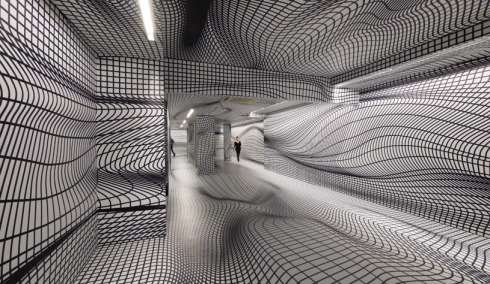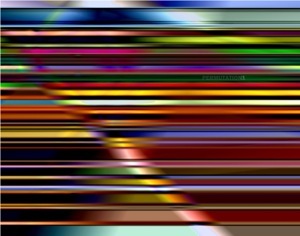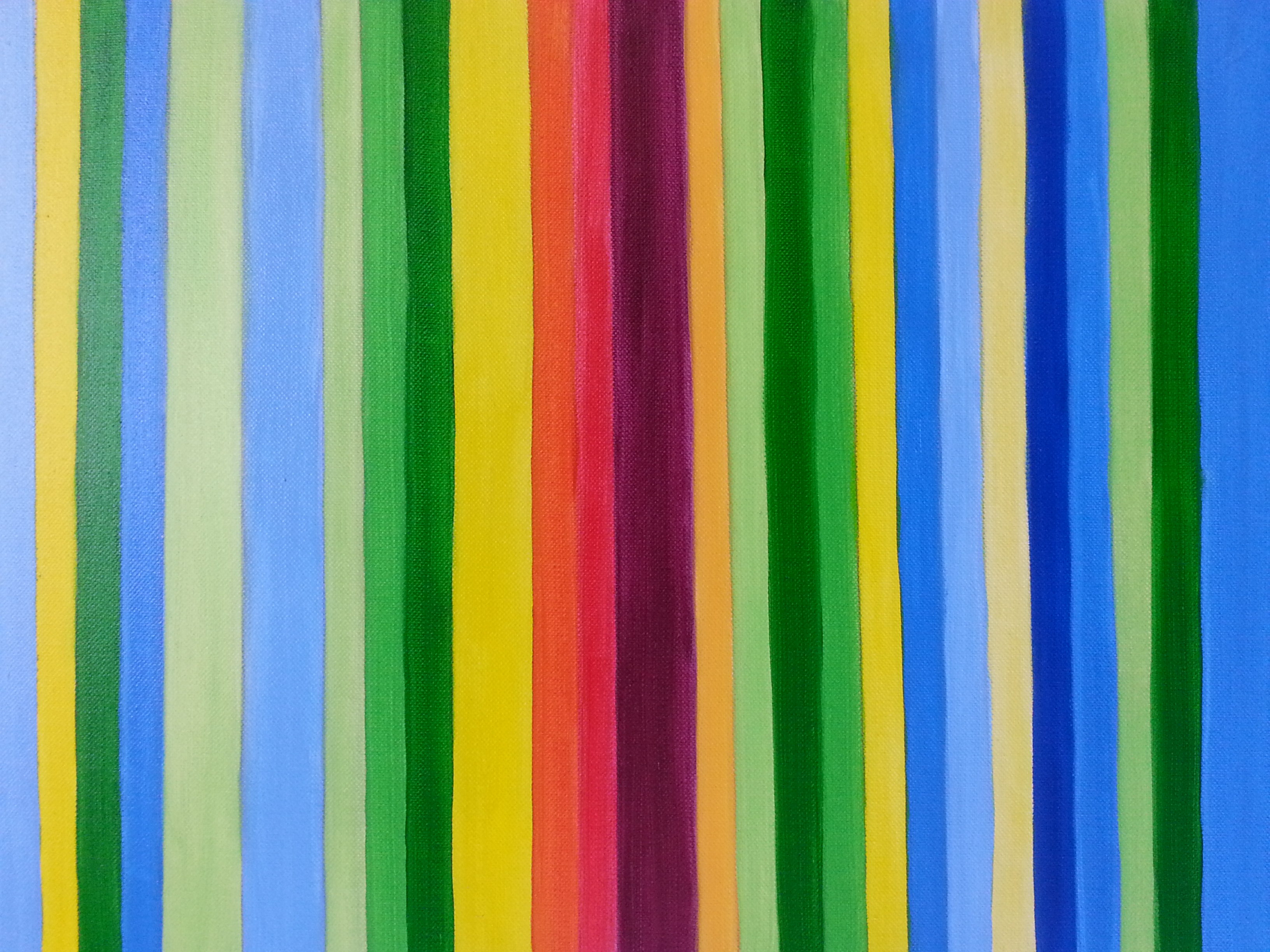Software
Reading Assignment
In "Troubles at the Interface, or the Identity Crisis of Interactive Art," Erkki Huhtamo discusses the complexity of interactive art and what defines it. The whole focus of "interactive art" is that the observer is meant to take part and participate in the piece. There are many different forms of interactive art but they all have a few similarities, they are typically installations in galleries and use technology that generates visual imagery and sounds that are activated by the viewer. This is an integral part of these forms of art; they have to include user interaction. Besides being actively involved in these works, users could also be passively involved. For example, their motion of walking by the installation could be recognized and used to activate the piece, or their eyes could be sensed by the piece while viewing it. One interactive piece that I found was Peter Kogler's shape-shifting installation. Users can walk through the piece while it plays with perception using lines and shading. This particular piece, uses the viewers' passive interaction of walking through the installation to see the piece move. Without the users' interaction, this piece would not be absolute.

In "Database as Symbolic Form," by Lev Monovich, Lev discusses the logic of using the web as a medium. Websites on the internet do not result in a narrative because they can always be added to and changed, meaning they are never finished. Is something only considered art if it has narrative? Narrative is one idea that is an integral part of database as a symbolic form of art. Unlike a database used on a webpage, algorithms can be used to change data for things like videogames. One work of art that I found used a database and is a narrative is the online videogame World of Warcraft. This game uses algorithms by recognizing the input data and manipulating it, resulting in new data. As well as using a database, this game also uses narrative to tell a story and lead the user on a journey.

In "Ars Combinatoria: Mystical Systems, Procedural Art, and the Computer," by Janet Zweig, Janet discusses combinatorial systems and their role in the world of art. She also discusses God's role in the world and the permutation of numbers to created the universe and the infinite. Integral to this art form is the logical method of combining numbers and letters of the alphabet to mechanically solve problems. A lot of artwork today is created using this method and computers can generated permutations to make this method easier. This piece of artwork was created digitally by using permutations and was designed by arranging and creating combinations of objects.

Project

The data that I used for this data visualization was found online at www.accuweather.com. I used the high temperatures that were recorded in Santa Barbara for the month of January. Each line of this piece represents the high temperature for a single day in January starting with January 1st on the far left to January 31st on the far right. I assigned every temperature, by tows, a different color; dark blue represents the lowest temperature of 62 or 63 degrees Fahrenheit and it ranges to dark red representing the highest temperature of 84 or 85 degrees. I chose January because I felt that we have had a big range of high temperatures for January in Santa Barbara, so I thought it would be visually appealing because of the fluctuating numbers in this set of data. I chose to do the weather in Santa Barbara because I felt that the viewers could relate to it more and it would mean more to them because they go to school in Santa Barbara and most likely live here. I am pleased with how this piece turned out and I think this method really shows the range of temperatures in a glance rather than looking at the data itself.